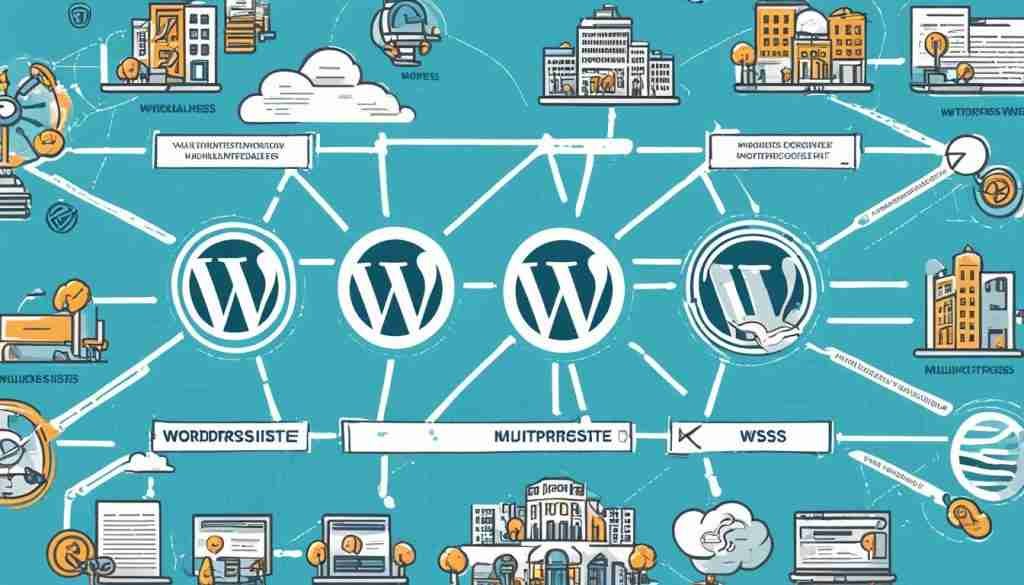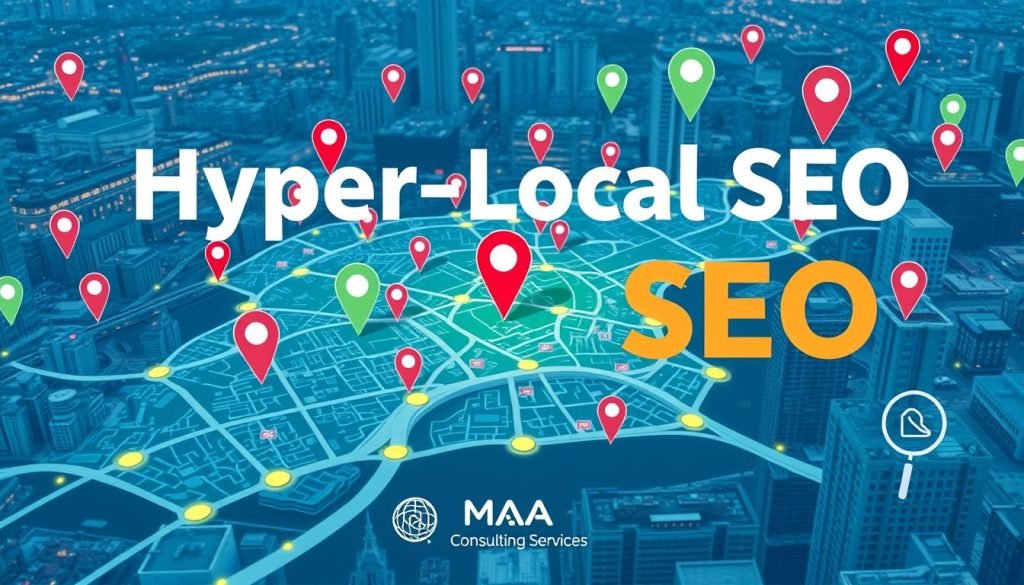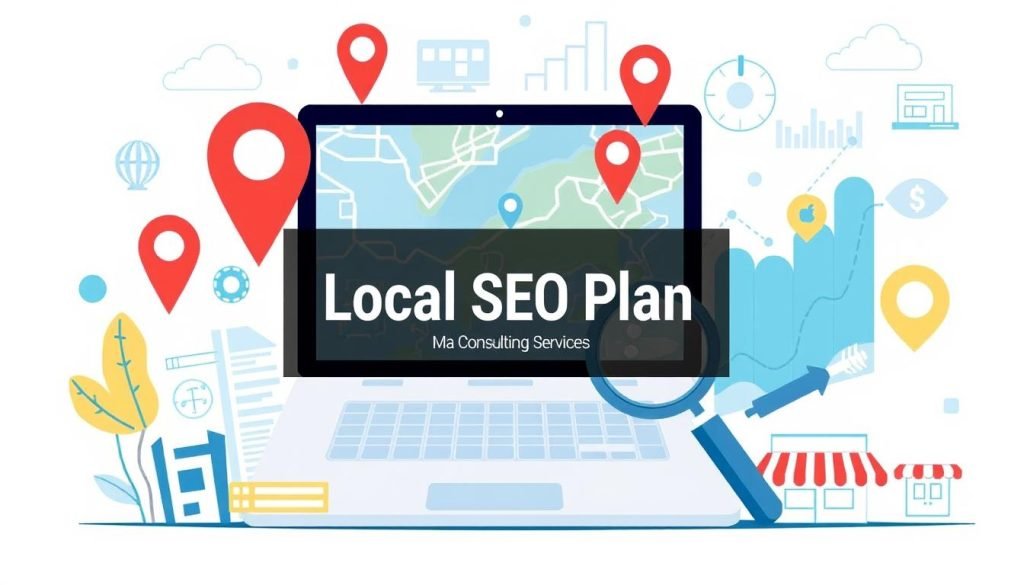In fact, according to a recent report, 61% of marketers say generating traffic and leads is their biggest challenge. With smart local SEO, you can boost foot traffic to your store. By doing so, you’ll start seeing new customers who are ready to purchase and located right in your backyard.
With a vibrant online presence and localized strategies, you’ll rank at the top of local search results. This creates a much easier path for people to discover and ultimately visit your store. That’s an awesome additional value to actually being able to attract more customers.
Key Takeaways
- Local SEO is crucial for competing with nearby businesses and attracting local customers.
- When it comes to local search visibility, optimizing your Google Business Profile (formerly GMB) profile is essential.
- With the right relevant local keyword targeting and an SEO-friendly content strategy, your business can attract more foot traffic.
- Creating local citations and generating positive reviews can help your business establish authority and trust, positively impacting your performance in local search results.
- A mobile-friendly website and hyperlocal targeting strategies are essential for local SEO success.
Optimizing Your Google Business Profile for Local Search
In the current landscape, your GBP is the most important asset you have for local searches. This makes it easier for customers nearby to find all the right information quickly and conveniently. This is especially important for qualified buyers looking for local dealers and their available inventory.
Creating and Verifying Your Google Business Profile
First, claim and optimize your GBP. You have to provide accurate information such as your business’s name, address, and phone number. Double check that you don’t have any duplicate listings, since these can severely impact your ranking.
Keep your profile up to date. This further demonstrates you’re committed to being found online. Being consistent is important for local SEO success.
Encouraging Positive Reviews
As you can see, customer reviews pack an incredible punch. That’s right—nearly 89% of consumers read reviews before making a purchase. Encourage your satisfied customers to provide positive testimonials on your GBP and Yelp.
Always respond to negative reviews in a timely manner. This communicates that you value the relationship with your customers. When it comes to staying on top of your online reputation, relying on the right tools can go a long way.
Get your Google Business Profile optimized to stand out! Fight the good fight to protect and advance your online reputation so you can win more traffic to your store.
This is the key to your local SEO strategy. It’s imperative for helping you write content and target locally relevant keywords more effectively.
Developing a Local SEO-Friendly Content Strategy
In today’s increasingly digital landscape, a robust content strategy is essential for local businesses, making a powerful impact on increasing online traffic and engagement. Develop a content plan that focuses specifically on local SEO to improve your website’s exposure in search results. This helps ensure the local market can more easily discover your products or services when they search for them.
Identifying and Targeting Local Keywords
Your starting point is identifying and targeting local keywords to improve your online marketing strategy. Tools like Semrush and Google’s Keyword Planner are essential for this, as they reveal how often potential customers search for these terms and the competitiveness of ranking for them.
Feed these keywords into your content to increase your chances of coming up in localized searches. This is the most impactful strategy to really drive foot traffic into your store.
Optimizing Your Website for Local Search
Getting your website to show up when local customers are searching is essential for bringing them through your doors. Make sure your NAP (name, address, phone number) information is uniform across every online platform and directory.
Implementing schema markup enhances your site’s visibility in search results, while optimizing for mobile devices ensures a friendly website experience. These strategies simplify navigation for both users and search engines, ultimately driving more online foot traffic to your local business.

Creating an effective local SEO content strategy is not a set it and forget it proposition. Developing a regular routine of producing original, relevant, captivating content that speaks to the interests of your local community is the foundation of an effective online presence.
This strategy aligns with how their potential customers are looking to engage. It increases your overall presence in search results too, leading to more in-store visits and sales.
Taking advantage of local SEO can be a game changer for your business. Develop content with search engine best practices in mind.
This will ring true with your local consumers and give a huge leg up to all your online marketing efforts. This in turn means more foot traffic virtually, enabling your brick-and-mortar store to thrive even further.
Conclusion
For any business that relies on foot traffic, a strong local SEO strategy is essential. It increases exposure, attracts more customers and converts them into sales. The best first steps are fully optimizing your GBP and publishing content built for local SEO.
Leverage social media & local advertising. Second, consistently earn positive customer reviews. With these efforts, Ma Consulting Services can make your business shine in local search results.
As a result, the overwhelming majority of consumers examine search engines when trying to discover neighborhood companies. That’s why having a robust online presence optimized for local search is of utmost importance.
In turn, it can drive more foot traffic to your physical store locations and increase sales and revenue. Google My Business (GMB) optimization is a must. It makes your business more visible on Google Search and Maps.
Local keyword research and online reviews show you’re trustworthy and authoritative. For small and medium-sized businesses, local SEO is essential for connecting with nearby customers.
Www.maconsultingservices.site helps businesses succeed with local SEO best practices. Both of these practices help drive more foot traffic to local brick-and-mortar businesses and improve visibility in local search results.
Sure! Please provide the text or content you would like me to split into smaller paragraphs.
Source Links
- https://www.semrush.com/blog/how-to-improve-local-seo/
- https://www.wordstream.com/blog/ws/2014/08/14/increase-traffic-to-my-website
- https://www.linkedin.com/pulse/harnessing-power-local-seo-drive-foot-traffic-your-business-paul-d6phc
- https://www.linkedin.com/pulse/how-use-google-my-business-local-seo-drive-foot-traffic-omotosho-i9x7f
- https://fironmarketing.com/blog/guide-to-optimizing-google-my-business-for-local-seo/
- https://www.internetsearchinc.com/optimize-google-my-business-local-seo/
- https://www.thedallasseocompany.com/blog/local-seo-tips-to-drive-foot-traffic
- https://www.semrush.com/local/blog/content-marketing-for-local-seo/
- https://backlinko.com/local-seo-guide
- https://www.webdesign.org/how-to-improve-foot-traffic-with-an-effective-local-seo-strategy.23914.html
- https://www.w3era.com/blog/how-local-seo-services-drive-more-foot-traffic/
Related Posts
- local seo tactics for the auto repair industry
- local seo for real estate agents step by step guide
- create local seo plan for your business
- Winning Google Reviews: A Local SEO Strategy
- advanced local seo techniques for hvac companies
- Eucalyptus Hills
- enhancing local visibility for cleaning services
- West Toluca Lake

















